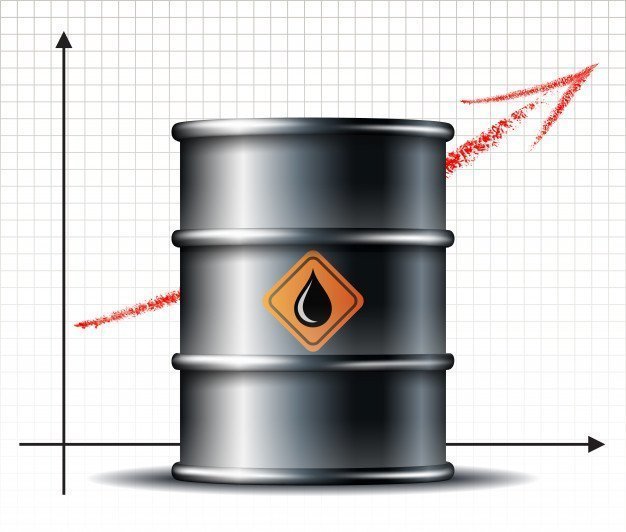Oil rose more than $1 to a seven-year high on Tuesday amid concerns over possible supply disruptions after the Houthi Iran-linked group in Yemen attacked the United Arab Emirates with drones and missiles and escalated hostilities between a Saudi-led coalition.
Brent crude futures rose 85 cents, or 1%, to $87.33 a barrel as of 0525 GMT, after previously hitting $87.55, the highest since October 29, 2014.
West Texas Intermediate (WTI) crude futures rose $1.13, or 1.4%, to a two-month high of $84.95 per barrel on Friday. Monday was not traded due to a US public holiday.
UAE oil company ADNOC said it has activated its business continuity plans to ensure uninterrupted product supply to its local and international customers after the incident at the Mussafah fuel depot.
The demand for heating fuels fueled by the cold winter in the northern hemisphere is driving up oil prices.
As the world opens up after two years of lockdowns and returns to a more normal trajectory for demand, he expects demand to exceed supply this year. According to analysts, it is unlikely that the tight supply-demand balance will loosen.
The Organization of the Petroleum Exporting Countries (OPEC), Russia and allies’ some members are struggling to produce at allowable capacities due to underinvestment and cutbacks, under an agreement to add 400,000 barrels per day of supply each month.
If the current geopolitical tensions continue and OPEC+ members fail to realize their planned increases, the macro factors coupled with the strong technical outlook could see could see prices push toward the $100 mark which is where the technical resistance level lies.

